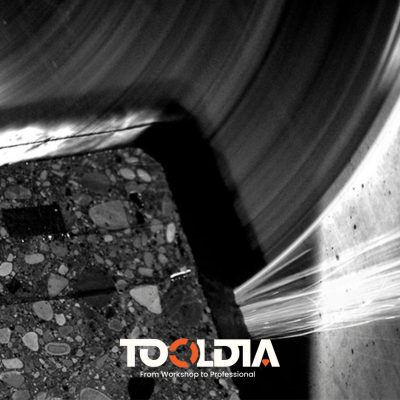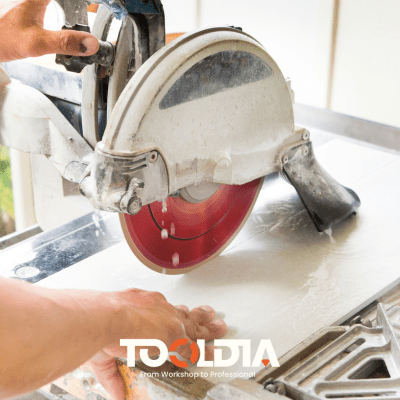
Diamond Blades for Tiles Cutting: 5 Tips to Avoid Common Mistakes
Condividere
Diamond Blades for Tiles Cutting: 5 Tips to Avoid Common Mistakes
When it comes to cutting ceramic & gres tiles accurately and cleanly, choosing the right diamond blade for tile cutting is essential. Using a high-quality blade properly will ensure precision, reduce waste, and enhance your productivity. Here are five practical tips to avoid common mistakes when using diamond blades for cutting porcelain tiles.
1. Choose the Right Diamond Blade for Tile Cutting
Firstly, selecting an appropriate diamond blade is the most critical step. Otherwise, using the wrong blade can lead to chipped edges, broken tiles, or excessive wear.
-
Porcelain tiles: Use fine-grit continuous rim diamond blades (typically 60–80 grit).
-
Glazed ceramic tiles: Medium grit diamond blades (30–50 grit) work best.
-
Special materials or thicker tiles: Consider using turbo-segmented diamond blades for faster and cooler cutting.
Additionally, for professional results, we highly recommend Tooldia diamond blades, specifically engineered for clean, precise, and durable tile cutting performance.
2. Set the Correct Blade Speed (RPM)
Next, proper blade speed greatly influences cutting quality. Running your diamond blade at incorrect speeds leads to overheating, blade damage, and uneven edges.
-
Precision cutting (fine finish): Maintain a lower speed (around 2,500–3,000 RPM).
-
Fast cutting (general purpose): Operate at higher speeds (approximately 3,500–4,000 RPM).
Always refer to the manufacturer's recommended RPM to avoid premature blade deterioration and poor cutting results.
3. Ensure Proper Cooling and Lubrication
Moreover, diamond blades need adequate cooling to reduce friction, prevent overheating, and extend blade life.
-
Continuous water cooling: Always keep a steady stream of water flowing during the cutting process.
-
Integrated cooling systems: Alternatively, utilize wet saws equipped with built-in cooling mechanisms for optimal performance.
-
Additionally, regularly verify that cooling water effectively reaches the blade's cutting surface.
As a result, proper cooling significantly increases the lifespan of your diamond blade and ensures consistent, smooth cuts.
4. Use the Correct Tile Cutting Technique
In addition, a correct cutting technique is essential for a smooth, chip-free finish.
Follow these simple steps for optimal results:
-
Start your cutting machine and allow it to reach the correct RPM before beginning.
-
Gently place the tile against the blade with steady and uniform pressure.
-
Move the tile slowly and consistently without forcing or pausing mid-cut.
-
Maintain a precise 90-degree angle between the blade and tile surface throughout the cut.
Consistent technique prevents chipping, breakage, and blade damage, ensuring excellent outcomes every time.
5. Regular Maintenance and Inspection
Routine maintenance extends the life of your diamond blades and maintains their effectiveness.
-
Clean your diamond blades thoroughly after each use to remove tile residue and debris.
-
Regularly inspect blades for visible wear, cracks, or damage.
-
Replace blades promptly if the diamond edge is worn down by more than 15%.
Proactive maintenance helps avoid vibrations, poor cuts, and potential safety issues, making your investment in quality diamond blades worthwhile.
Conclusion
To achieve professional results in ceramic & gres tile cutting, always select the correct diamond blade, maintain proper RPM, ensure consistent cooling, practice precise cutting techniques, and conduct regular blade maintenance. Following these tips will significantly enhance your tile-cutting performance and reduce common errors. For reliable and precise cuts, trust Tooldia diamond blades, designed specifically to handle porcelain tiles effectively and efficiently.




